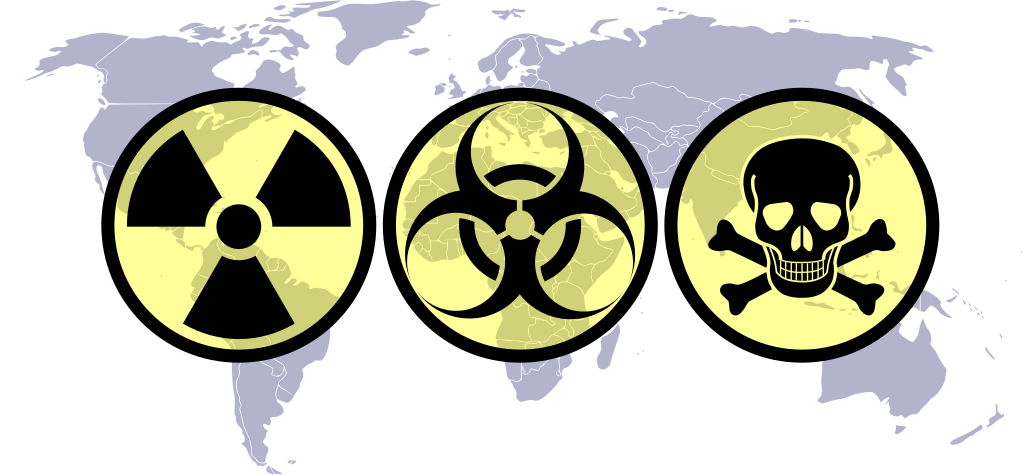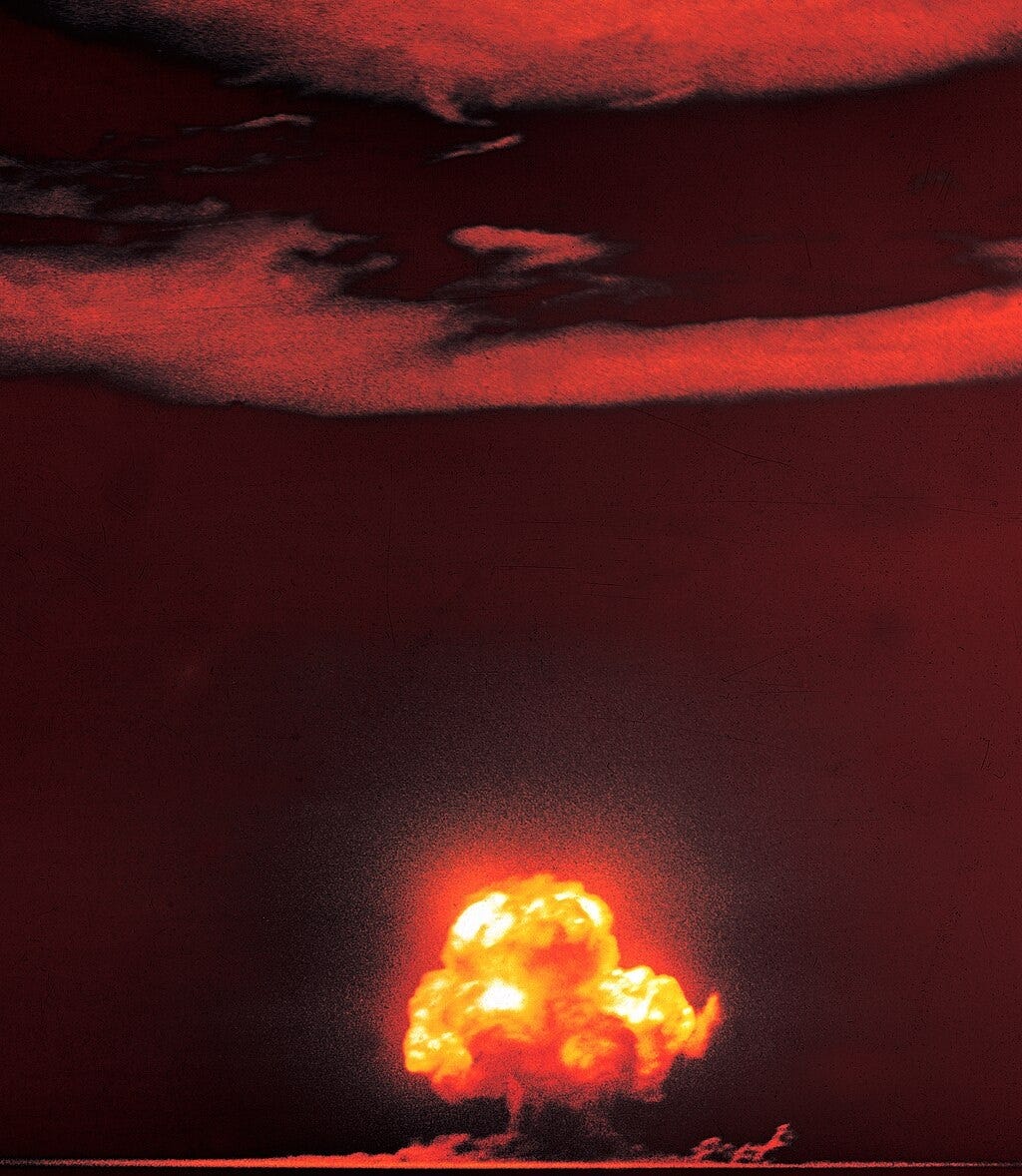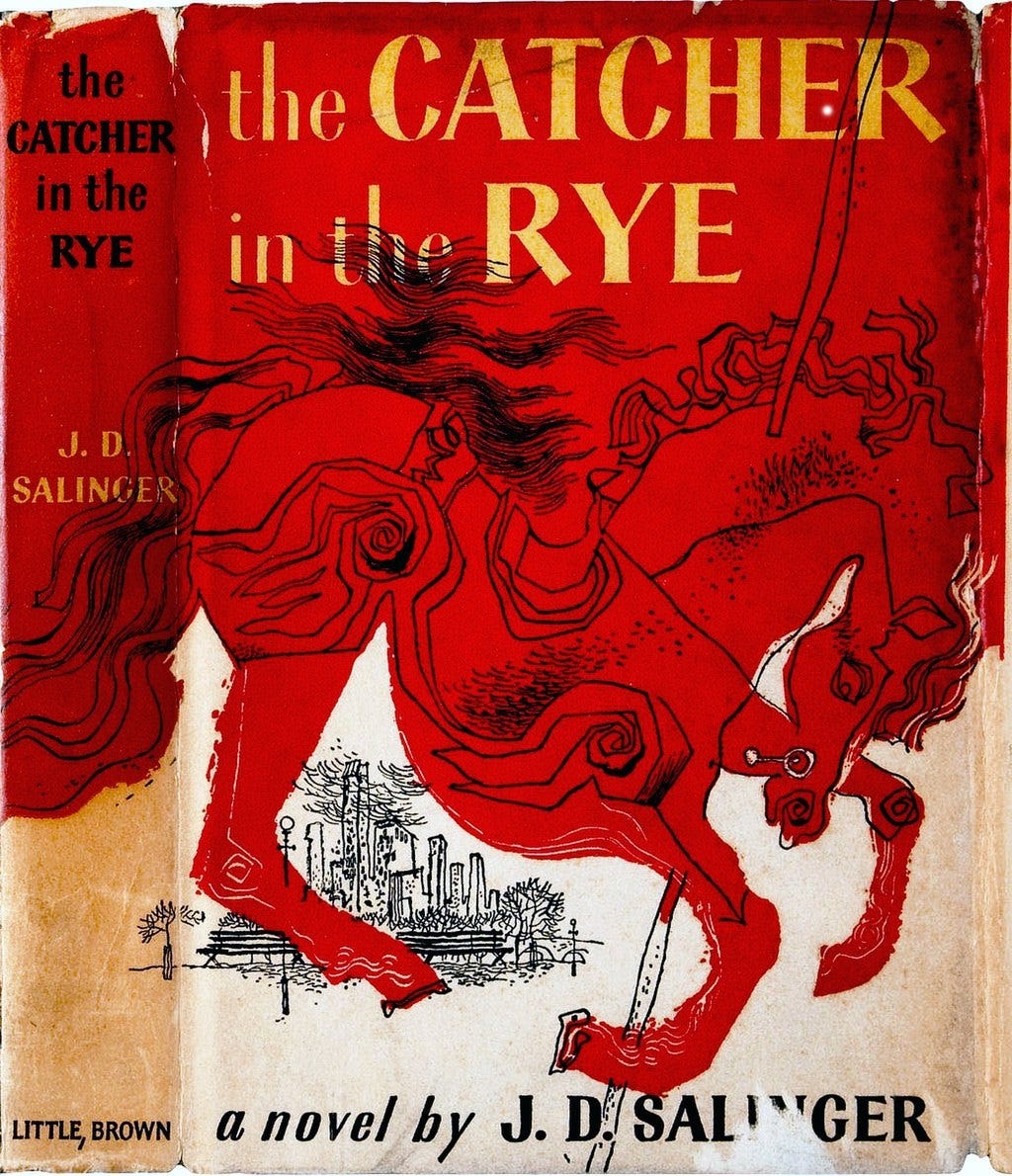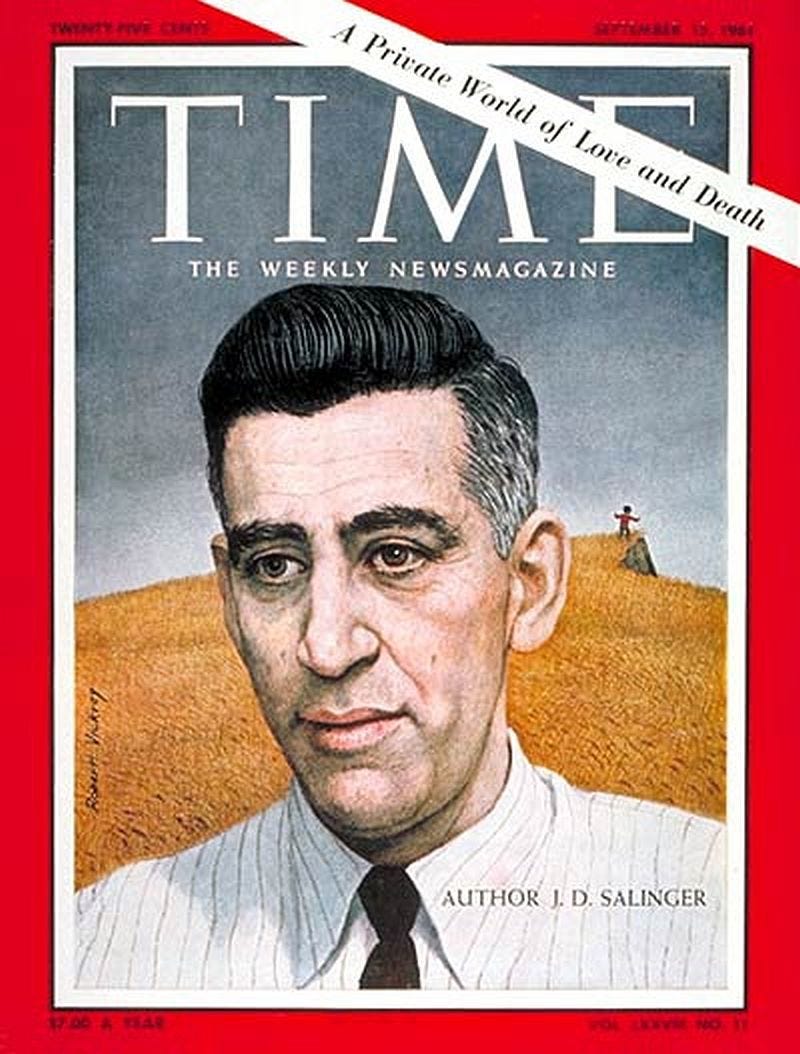The Mysteries of History (July 16 Edition)
Parking Meter; Atom Bomb; Catcher in the Rye; Philippines Earthquake
1935 — First Parking Mater Installed
image generated using Bing Image Creator
On this date ninety years ago, in 1935, the first parking meter was installed, paving the way for Lovely Rita to have a job (for the unBeatlized, Lovely Rita was a meter maid sung about by the Liverpudlian “Fab Four”).
It took place in Oklahoma City. The snazzily-monikered Park-O-Meter #1 was the brainchild of a man from New Mexico, Carl C. Magee, who had relocated to Oklahoma from New Mexico to start a newspaper.
He “fled” New Mexico because his reporting there had raised the ire of those whom he exposed for corruption. He had in fact uncovered the “Teapot Dome Scandal” which involved then-U.S. President Warren G. Harding. He also earned the wrath of the judiciary in New Mexico when he exposed corruption there and even got in a gunfight with one of the judges (Magee was charged with but acquitted of manslaughter).
Magee’s solution to Oklahoma City’s parking congestion was not popular with everybody: some felt it was “Unamerican” to charge for parking, considering it a tax levied upon them without their having agreed to it. Businessmen liked it, though, because it caused parking places to “turn over” more rapidly, meaning they got more customers, rather than people dilly-dallying around and “taking their time.”
Parking spaces were a little cheaper back then: It cost a nickel per hour to park (the equivalent to $1.17 in the middle of 2025). I don’t know about your locality, but here in Monterey it typically costs $1.50 to $1.75 to park, so the real difference in price between “the olden days” and now isn’t really that dramatic.
Questions: Was “Lovely Rita” based on a real person, or did she spring from the fertile imaginations of Lennon and McCartney? Do you ever put money for parking in a meter? If so, do you deposit coins or use a credit card? How much money do you think you’ve spent on parking in your life (including parking garages)?
1945 — Atomic Bomb Explodes in New Mexico
public domain image from wikimedia commons
Four score of years ago on this date, in 1945, the first “successful” atom bomb test was carried out, in New Mexico. Early in the morning, Alamagordo residents were treated to an eerie sight: a mushroom crowd billowing up from the desert.
An international team of scientists had contributed to the experiment, including Enrico Fermi from Italy, Albert Einstein and Hans Bethe from Germany, and Hungarians Edward Teller and Leo Szilard, among others.
The mad scientists stationed themselves 100 football-field lengths away from their attack on the desert. The fiery cloud created reached eight miles into the sky.
Finding their work functional, the next step was to use this massive power against someone. Germany was not targeted only because they had already surrendered, as Italy had before them. That left Japan.
public domain image from wikimedia commons
Questions: Was Einstein proud of his involvement in this scientific marvel? How many people were killed in Hiroshima and Nagasaki? How many of them were enemy combatants? Do you think it was “necessary” to incinerate those people? Have you heard the song by The Byrds Eight Miles High?
1951 — “Catcher in the Rye” is Published
public domain image from wikimedia commons
J.D. Salinger (1919-2010) was only 31 when his novel Catcher in the Rye was published on this date in 1951. The book was an instant sensation, giving Salinger the means to work on his own terms, and he secluded himself hermit-like in a rural setting in New Hampshire. He didn’t publish much for the rest of his life (he didn’t need to, money-wise, and apparently he didn’t want to, either).
M.D. Chapman (born 1955), the murderer of John Lennon (1940-1980), identified with Holden Caulfield, the awkward-but-likable young protagonist of Catcher in the Rye.
public domain image from wikimedia commons
The following is what I wrote about Catcher in the Rye in my book Still Casting Shadows: A Shared Mosaic of U.S. History — Volume 2: 1914-2006:
J.D. Salinger’s classic novella Catcher in the Rye, featuring the unforgettable protagonist Holden Caulfield, was released this year.
That was all I wrote about it, even though I loved the book! In fact, one of the candidate titles for my no-longer-available book eventually named The Secret Lives of Kids: Or: My Time Spent with Class Bullies, SPED Students, and the Most Splendid Group of Kids in the World was A School-time Grandpa’s Year as a Combination Babysitter/Teacher’s Aide/Catcher in the Rye (not to mention the “best pusher on the playground”).
Questions: Have you seen the documentary Salinger? Have you seen the movie Rebel in the Rye? Have you seen the Sean Connery movie Finding Forrester? Did Salinger respond to Chapman’s fascination with his book? Do you remember where you were when you heard John Lennon was killed? [ I was on my way to work from Mokelumne Hill to the asbestos plant in Copperopolis, California, similar to when I was on my way to work at Old World Wisconsin in Eagle from Oconomowoc when I heard about 9/11 ]
1990 — Strong and Deadly Quake in the Philippines
public domain image from wikimedia commons
The Philippines are made up of nearly 8,000 islands, the largest of which is Luzon, which was struck by a 7.7 on-the-Richter-scale earthquake on this date in 1990. An estimated 1,000 people died as a result, some from being crushed by crumbling buildings, others trampled in frenzied stampedes away from the danger zone, some from dehydration after being trapped for too long in demolished buildings, and some from a mine shaft collapse.
Baguio City, which is situated atop seven quake fault lines (who thought that was a good idea, or was it unknown when the city was built?) was the hardest hit, and rescue efforts were difficult due to the three main roads leading into the city being blocked by landslides. Hundreds of motorists were stranded, too.
Less than a year later, Mount Pinatubo erupted in the area. Some geologists conjecture that the two events are connected.
Questions: Have you ever experienced a severe earthquake? Have you ever experienced a volcanic eruption? Have you ever been to the Philippines? What are the main languages spoken in the Philippines, and why?









